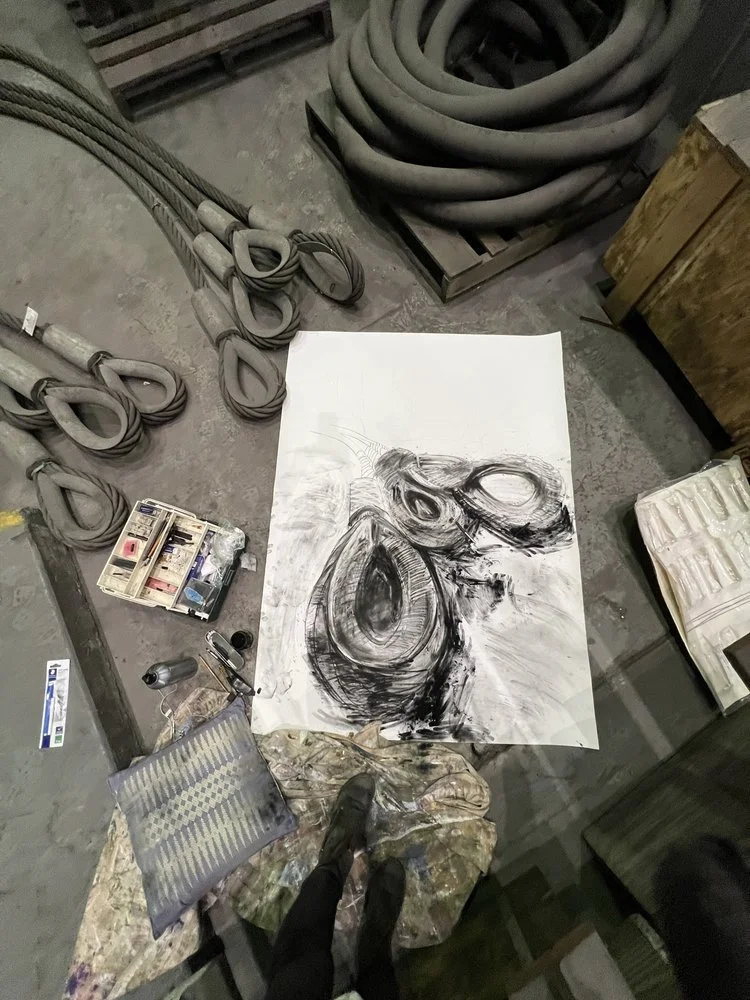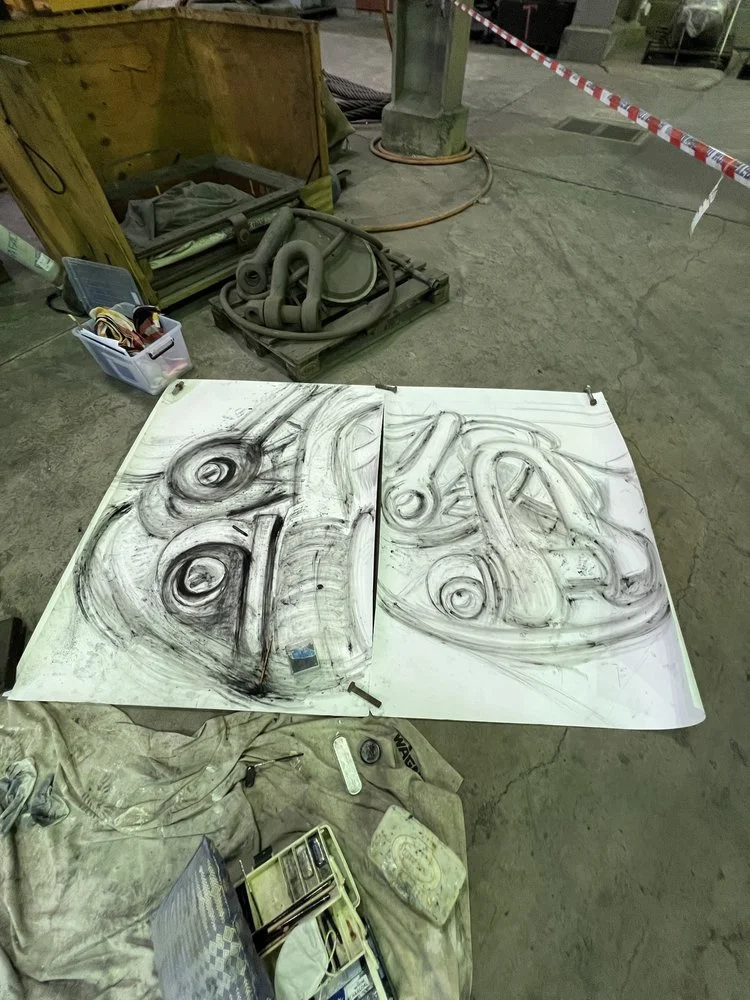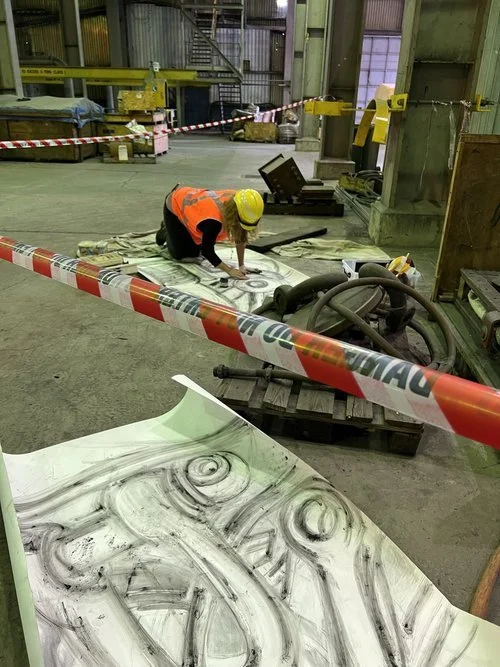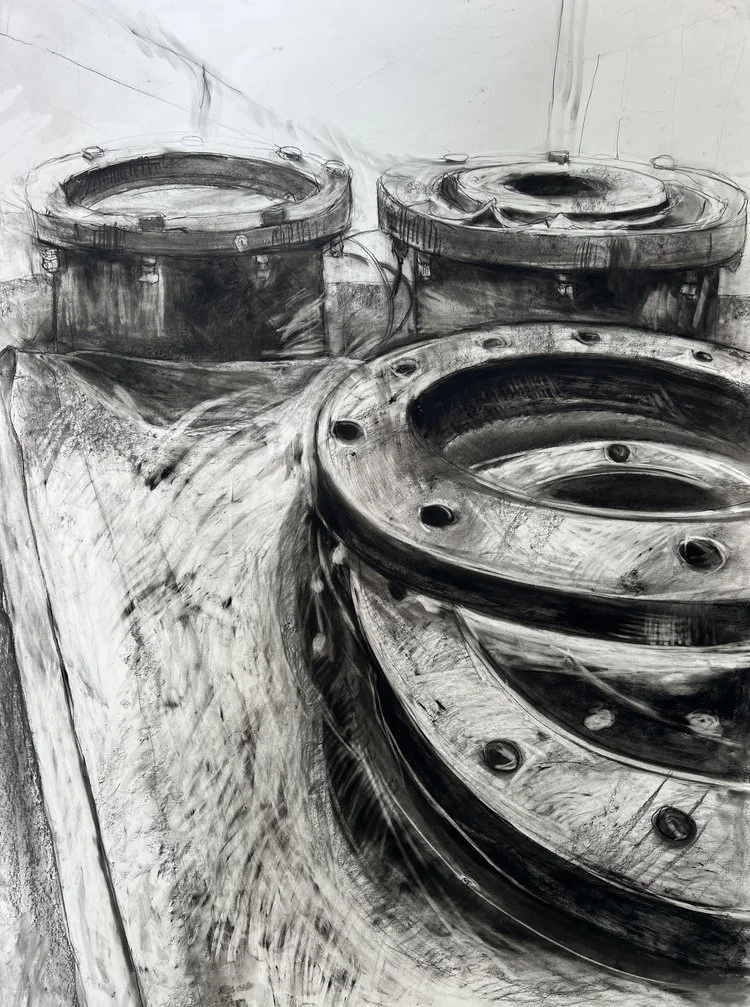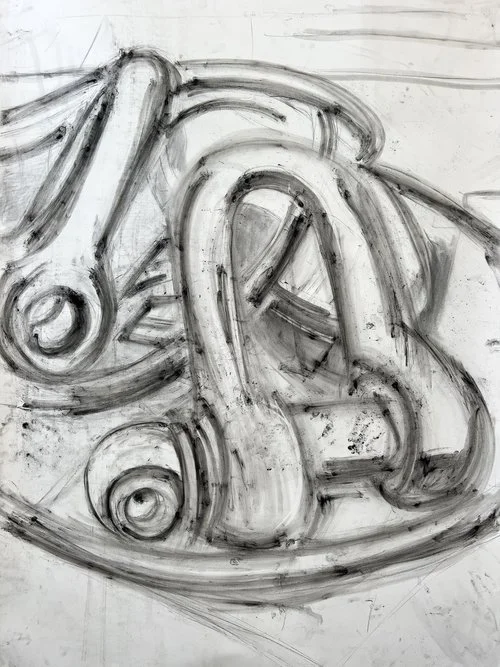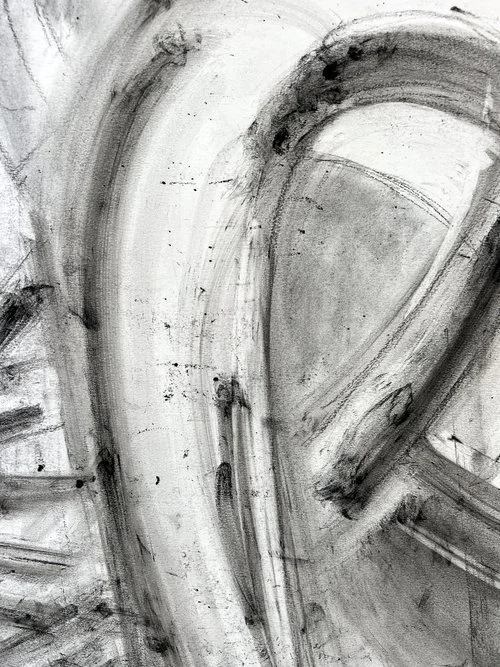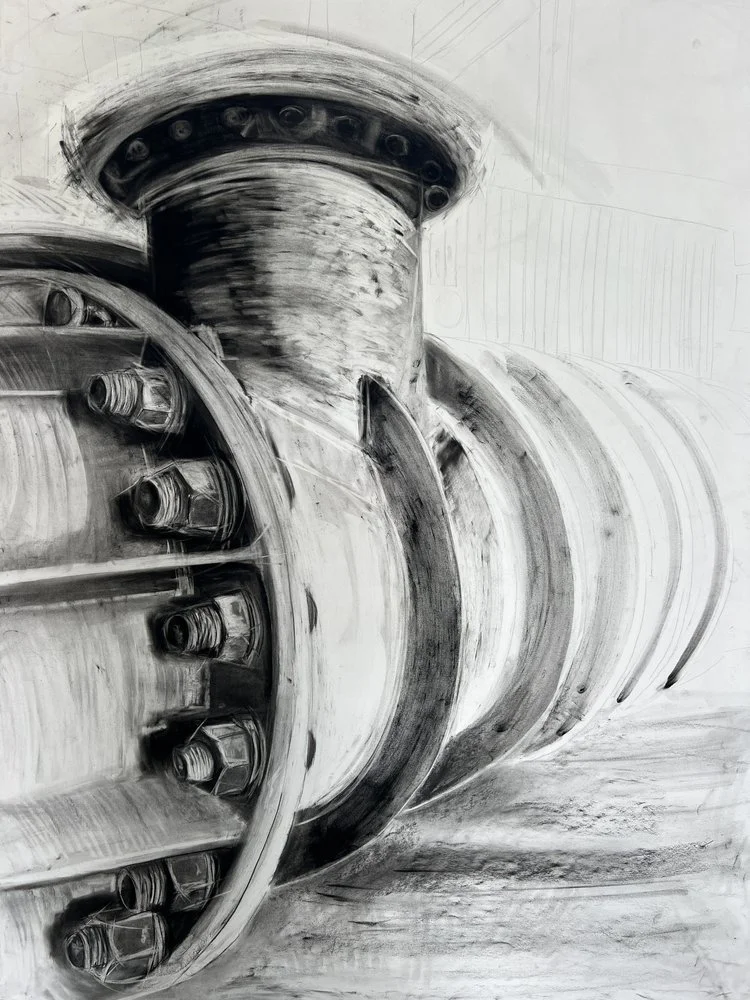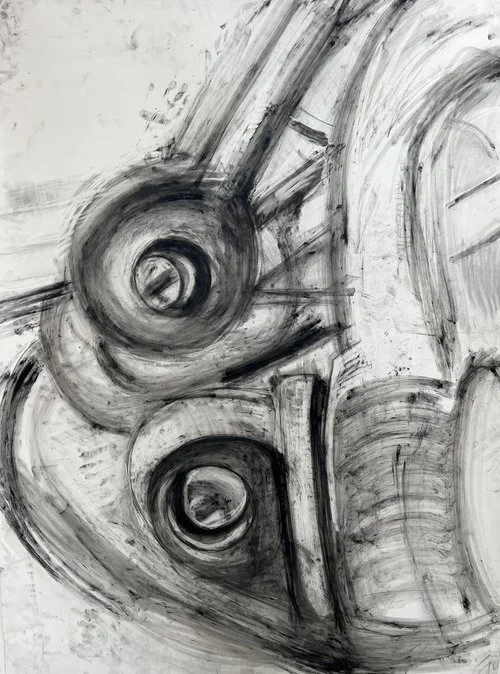Meeting 'Mother': My LiddellWORKS Residency Experience
About a year ago, I spotted an announcement on Arts Upper Hunter about the LiddellWORKS art residency. I’d driven past Liddell Power Station more times than I can count, always wondering what it was really like inside. So when I saw there was going to be an open day, curiosity got the better of me—I decided to go.
I’d imagined a cold, industrial place—bleak, robotic, all machinery and no soul. Those towering chimney stacks had always struck me as lonely sentinels in the middle of the NSW countryside—impressive, yes, but lifeless. I couldn’t have been more wrong.
From the moment I arrived, I was met with warmth. The people working there were incredibly welcoming, and there was a surprising energy—a sense of pride, even love—for the place. I hadn’t expected that. As the staff spoke, it became clear that Liddell was more than just a workplace. They spoke of the station with deep affection, often referring to it as she, and even calling her Mother.
It made sense. This place had provided for them, nurtured careers, looked after families. There was this quiet understanding that Liddell had been alive in its own way—steadfast, dependable, giving. Far from the sterile, mechanical place I’d imagined, the station pulsed with history, memory, and connection.
On my second visit, everything had changed. The power had been shut down. Mother, who had worked tirelessly for over 50 years, was now silent. The atmosphere had shifted—quieter, still, heavy with nostalgia. I felt it immediately, and it found its way into my work.
That day, I began three drawings on site. Unlike the visit before, where I’d quickly created finished pieces, these ones stalled—unfinished, unresolved. I brought them back to the studio, and that’s where they deepened. I pushed them further, layering mark upon mark—light and heavy, sharp and soft, smooth and spiked. The station was there in every one of them.
Many of the marks were created using frottage—drawing directly on the ground—and each carries a trace of the power station’s physical presence. I also worked with charcoal, a medium that naturally holds memory in its grain. Charcoal doesn’t erase easily—it embeds itself into the paper’s tooth, leaving a ghost, a history of every touch. I love this about it. The drawing becomes a record of where you’ve been, what you’ve felt. Even erasure becomes mark-making.
I layered willow and compressed charcoal with charcoal powder. I even tried using some of the actual charcoal from the station, but it wasn’t quite right. My studio materials ended up being better suited to what I was trying to say and feel.
The final works are large-scale drawings—150 x 120 cm, charcoal on paper. Despite their size, I wanted them to feel intimate and alive, capturing something of the emotional energy I experienced in those spaces. I titled the series Mother i–vi, in honour of the station and the stories held within her walls.
It’s been an incredible privilege to be part of this project. Huge thanks to AGL and Arts Upper Hunter for making it possible and for giving artists like me the opportunity to respond to a place so layered with meaning.
The group exhibition will be presented across two galleries: Muswellbrook Regional Arts Centre and Singleton Arts and Culture Centre in June 2024.
Yours in art,
Bec x






